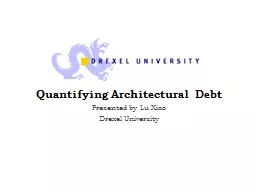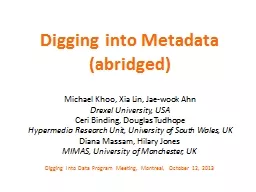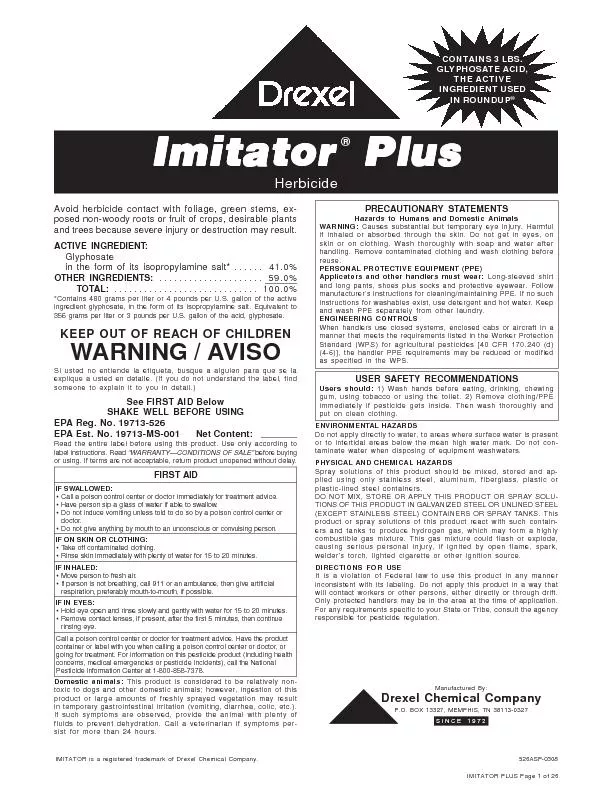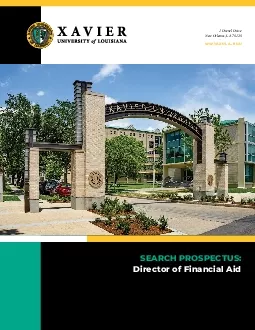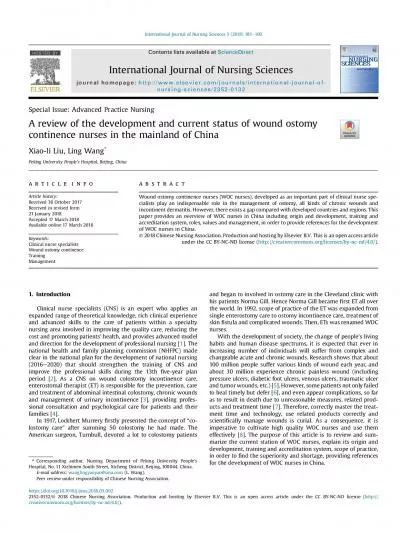PPT-Presented by Lu Xiao Drexel University
Author : jane-oiler | Published Date : 2018-11-07
Quantifying Architectural Debt Agenda Problem statement Related work Background Approach Expected contributions Results achieved so far Evaluation plan Conclusion
Presentation Embed Code
Download Presentation
Download Presentation The PPT/PDF document "Presented by Lu Xiao Drexel University" is the property of its rightful owner. Permission is granted to download and print the materials on this website for personal, non-commercial use only, and to display it on your personal computer provided you do not modify the materials and that you retain all copyright notices contained in the materials. By downloading content from our website, you accept the terms of this agreement.
Presented by Lu Xiao Drexel University: Transcript
Download Rules Of Document
"Presented by Lu Xiao Drexel University"The content belongs to its owner. You may download and print it for personal use, without modification, and keep all copyright notices. By downloading, you agree to these terms.
Related Documents

